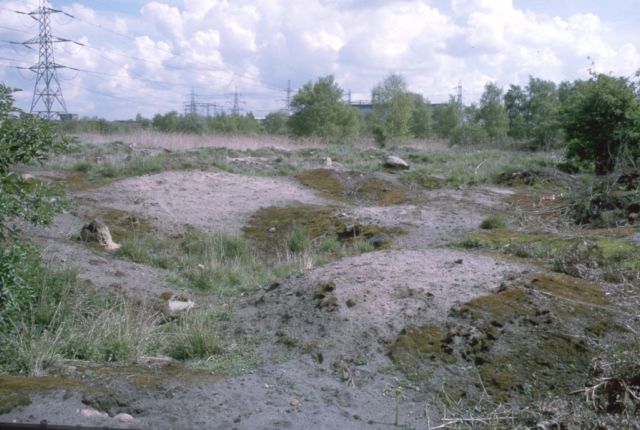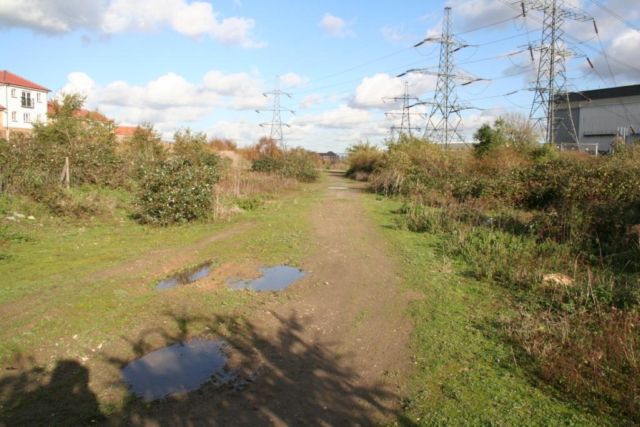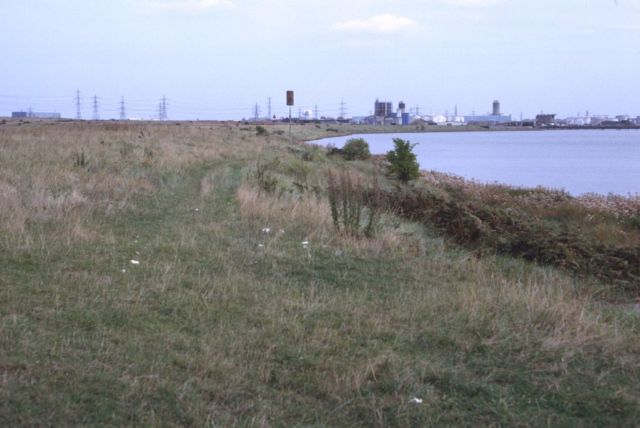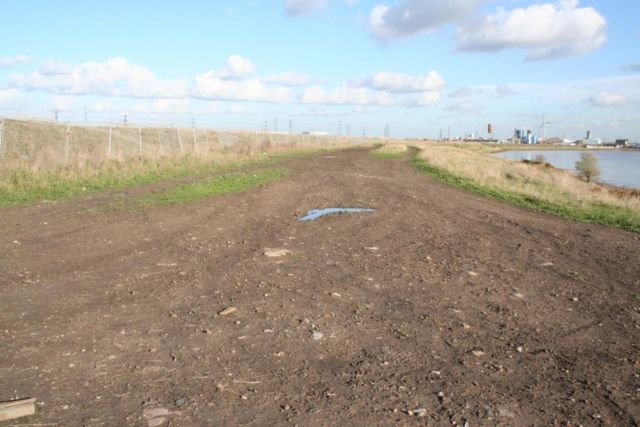Barking Levels and PFA lagoons
Barking Pulverised Fly Ash (PFA) Lagoons were already known to be an interesting series of habitats in the 1980s, but no concerted or comprehensive invertebrate survey work had ever been undertaken. A small number of aculeate Hymenoptera invertebrate records from 1990 indicated a fauna of probable interest, and a visit in 1996 confirmed the presence of an important fauna. Further visits in 1998 indicated a nationally important assemblage. All this was apparently too late to have any chance of saving the site, since outline planning permissions had been in existence since the mid 1980s.


The foreshore of the Thames here was also a remarkable area of extensive flower rich grasslands, forming an almost unique river frontage of 'natural' Thames levels habitat with saltmarsh along the river edge. Although the associated invertebrate fauna of this area is largely unknown, a population of the internationally important mining bee Colletes halophilus was present, together with an important population the closely related C. succinctus, normally associated with heather, but here foraging on Asteraceae. This warranted DNA research into its origins and evolution, but such research is now impossible - virtually the whole habitat has been destroyed.


Destroyed sites
Of special interest was an area of PFA dune, supporting an important dune fauna, including two Nationally Notable Na ('Pink') species new to Essex. By 2000 the whole dune and PFA area was destroyed for housing, with tiny remnants surviving only on the eastern edge and as a small area at the Ripple Nature Reserve, with a very different character.
Barking PFA Lagoons 'dune'

© Peter Harvey
Barking PFA Lagoons remnant along eastern edge in 2005

© Peter Harvey
The foreshore of the Thames here was also a remarkable area of extensive flower rich grasslands, forming an almost unique river frontage of 'natural' Thames levels habitat with saltmarsh along the river edge. Although the associated invertebrate fauna of this area is largely unknown, a population of the internationally important mining bee Colletes halophilus was present, together with an important population the closely related C. succinctus, normally associated with heather, but here foraging on Asteraceae. This warranted DNA research into its origins and evolution, but such research is now impossible - virtually the whole habitat has been destroyed.
Barking Levels foreshore

© Peter Harvey
Barking Levels foreshore in 2005

© Peter Harvey
Destroyed sites


















